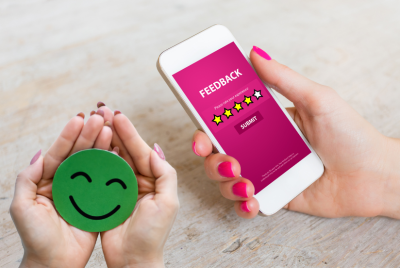Conversion Funnel Mastery: Your Guide to Digital Success
Hey there, fellow digital explorers! 🚀 Ready to dive deep into the world of conversion funnels? Buckle up, because we’re about to embark on an exciting journey that will demystify this essential concept in the digital marketing realm.
What Exactly Is a Conversion Funnel?
Before we dive into the nitty-gritty details, let’s get our definitions straight. 🤓
A conversion funnel is a structured pathway that guides potential customers through the stages of making a purchase or taking a desired action on your website. Picture it as a series of digital stepping stones, each one leading your audience closer to the ultimate goal—conversion.
The Basics: Understanding the Conversion Funnel
Now, let’s break down the components of this digital phenomenon.
1. Awareness Stage: Catching Their Attention
- Compelling Content: Engage your audience with blog posts, videos, or social media content that addresses their pain points.
- SEO Magic: Optimize your content to appear in search results, attracting organic traffic.
- Social Media Ads: Use paid advertising on platforms like Facebook and Instagram to reach a broader audience.
2. Interest Stage: Piquing Their Curiosity
You’ve got their attention; now, it’s time to nurture their interest.
- Email Campaigns: Send out newsletters and promotional emails to keep them engaged.
- Educational Content: Offer webinars, ebooks, or guides that provide value and build trust.
- Personalization: Tailor your messaging to individual preferences to create a more personalized experience.
3. Decision Stage: Converting the Curious
This is where the magic happens—turning prospects into customers.
- Clear CTAs: Make your call-to-action buttons impossible to ignore.
- Customer Reviews: Showcase positive feedback to build trust.
- Free Trials or Demos: Let them test the waters before committing.
4. Action Stage: Sealing the Deal
Congratulations! They’ve converted. Now, ensure the process is smooth sailing.
- User-Friendly Checkout: Simplify the buying process to minimize friction.
- Thank-You Pages: Express your gratitude and provide next steps.
- Confirmation Emails: Send email receipts and order confirmations promptly.
Maximizing Conversion Funnel Efficiency
5. Analyze and Adapt: The Art of Optimization
Your conversion funnel is a living entity. It evolves, and you must adapt with it.
- Analytics Tools: Harness the power of tools like Google Analytics to track user behavior.
- A/B Testing: Experiment with different elements to see what works best.
- Customer Feedback: Listen to your customers and implement improvements based on their suggestions.
6. Mobile Optimization: Don’t Forget the Little Screen
In today’s mobile-centric world, your conversion funnel must be mobile-friendly.
- Responsive Design: Ensure your website looks great and functions smoothly on smartphones and tablets.
- Speed Matters: Mobile users won’t wait for slow pages to load.
7. Trust Signals: Building Confidence
Trust is the currency of the digital world. Implement trust-building strategies:
- Security Badges: Display trust symbols like SSL certificates.
- Privacy Policies: Be transparent about data handling.
- Social Proof: Highlight user testimonials and case studies.
Frequently Asked Questions (FAQs)
Here are some common queries about conversion funnels:
FAQ 1: Why Do I Need a Conversion Funnel?
Answer: Conversion funnels streamline the user journey, increasing the likelihood of turning visitors into customers. They help optimize your marketing efforts and boost ROI.
FAQ 2: How Long Should a Conversion Funnel Be?
Answer: The length varies depending on your industry and specific goals. A typical funnel has four stages, but complex sales processes may involve more.
FAQ 3: What’s the Role of Content in a Conversion Funnel?
Answer: Content plays a crucial role at each stage, from creating awareness to providing decision-making information.
FAQ 4: Are There Tools to Help Create and Analyze Conversion Funnels?
Answer: Absolutely! You can use tools like Google Analytics, ClickFunnels, and A/B testing software to create and optimize your conversion funnel.
FAQ 5: How Do I Know If My Conversion Funnel Is Working?
Answer: Monitor key metrics like conversion rate, bounce rate, and customer retention to gauge your funnel’s effectiveness.
FAQ 6: Can I Have Multiple Conversion Funnels on My Website?
Answer: Yes, you can! Tailoring funnels for different products or customer segments can enhance your results.
Conclusion: Mastering the Art of Conversion Funnel Mastery
So, there you have it—a comprehensive guide to conquering the world of conversion funnels. From creating awareness to sealing the deal and beyond, understanding and optimizing this digital pathway is the key to online success.
Remember, your conversion funnel is not set in stone. It’s a dynamic tool that requires constant attention and fine-tuning. Embrace change, stay customer-centric, and watch your conversions soar.
In a nutshell, if you want to thrive in the digital landscape, mastering the art of conversion funnels is non-negotiable. Start implementing these strategies today, and let the conversions roll in! 🚀




